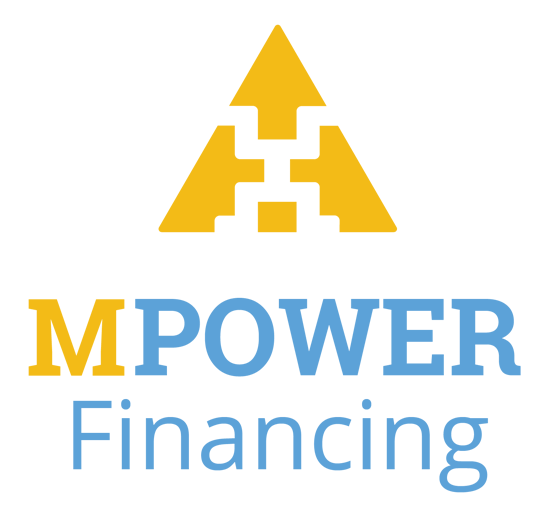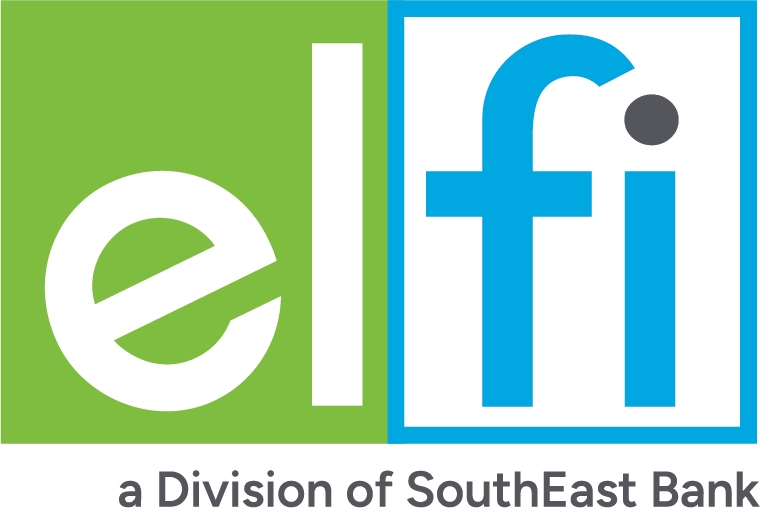How to Pay for College: 8 Strategies to Cover Costs
To pay for college, submit the FAFSA to access grants, scholarships and work-study before taking out student loans.

Many, or all, of the products featured on this page are from our advertising partners who compensate us when you take certain actions on our website or click to take an action on their website. However, this does not influence our evaluations. Our opinions are our own. Here is a list of our partners and here's how we make money.
When paying for college, prioritize money you don’t have to pay back — like scholarships, grants and fellowships — followed by income from work-study programs or even employer assistance if you can work while enrolled.
After you’ve exhausted free financial aid, consider student loans to fill in remaining funding gaps. Borrow only what you need.
Here are eight ways to pay for college.
1. Submit the FAFSA
Start by submitting the Free Application for Federal Student Aid (FAFSA) to open the door to federal aid like grants, work-study opportunities and federal student loans. The FAFSA can also qualify you for state-level and school-based aid.
Be as thorough as you can when filling out the form. The federal government uses this information to gauge what resources you and your family have to pay for college. For example, if you or your parents saved money in a 529 plan — a state-sponsored tax-advantaged college investment account — you'll be expected to tap into this to cover your costs.
Submit the FAFSA as soon as possible once it opens each year (usually Oct. 1), because some colleges award both need- and merit-based money on a first-come, first-served basis. In addition to the FAFSA, some schools also require you to complete the CSS profile to be considered for aid.
2. Search for scholarships
You don’t have to wait until you’re a senior in high school to start your scholarship search. In fact, it could pay to start earlier. For example, the Evans Scholars Foundation awards full-ride scholarships to hundreds of golf caddies each year. But you have to be a caddie for at least two years to qualify, which means you’d have to start caddying during your sophomore year in high school at the latest to be eligible by the time you apply at the beginning of your senior year.
Scholarships, unlike student loans, don’t have to be paid back. Thousands are available; use the Department of Labor’s Scholarships Finder database to get started. While many scholarships require that you submit the FAFSA, most also have an additional application.
» MORE: How to get a scholarship
Student loans from our partners

on College Ave website
College Ave
Best for payment flexibility
5.0
NerdWallet rating
5.0
NerdWallet rating2.89% - 17.99%
Mid-600s
on College Ave website

on Sallie Mae website
Sallie Mae
4.5
NerdWallet rating
4.5
NerdWallet rating2.89% - 17.49%
Mid-600's
on Sallie Mae website

on SoFi® website
SoFi®
5.0
NerdWallet rating
5.0
NerdWallet rating3.43% - 15.99%
Mid-600s
on SoFi® website
3. Choose an affordable school
A college degree can have a hefty price tag. Average yearly tuition at a four-year university ranges from $11,610 to $43,350 in 2024-25, depending on institution type, according to College Board.
Paying for college will be easier if you choose a school that’s reasonably priced for you. To avoid straining your bank account, consider starting at a community college or technical or trade school, then transferring to a four-year institution.
If you opt for a traditional four-year university from the start, research the school's net price — the cost to you after grants and scholarships. This will show your out-of-pocket cost instead of solely focusing on the sticker price.
For example, if a $28,000-a-year school doesn’t offer you any aid, and a $60,000-a-year college offers $40,000 in aid, the school with the higher sticker price could be a better option because of its lower net price.
Schools have net price calculators on their websites to help you estimate the amount you’ll have to pay out of pocket. Public universities in your state may be the cheapest option, since they offer discounted in-state tuition for resident students.
4. Use grants if you qualify
The high school class of 2023 forfeited more than $4 billion in federal Pell Grant money by not submitting the FAFSA, according to a 2024 study by the National College Attainment Network. The Pell Grant is designed for students from low-income backgrounds, but there’s no specific income cutoff to qualify for it.
Don’t make that mistake. As long as you submit the FAFSA and renew it each year you’re enrolled in school, you’ll receive Pell money if you’re eligible for it. The maximum Pell award is $7,395 per academic year.
In addition to the need-based Pell program, the federal government offers several other types of grants, which also don’t need to be paid back in most cases. For example, aspiring teachers may qualify for a federal TEACH grant. Many states have grant and scholarship programs, too. Look up and apply to state financial aid programs for which you may qualify.
» MORE: Guide to grants for college
5. Get a work-study job
A college job checks multiple boxes: It provides income, work experience and potentially valuable connections. The federal work-study program funds part-time jobs for college students with financial need.
To apply for work-study, submit the FAFSA. If you qualify, you’ll see “work-study” listed on your financial aid award. However, just because you’re eligible for work-study doesn’t mean you automatically get that money. You have to find an eligible work-study job on your campus and work enough hours to earn all of the aid you qualify for.
If you don’t qualify for work-study, you can also look for a part-time job off campus. It likely won’t cover all your college costs, but it may help you manage day-to-day expenses.
6. Work for an employer that pays for college
About 46% of employers offer tuition assistance, according to a 2024 survey by the Society for Human Resource Management.
A company can help you afford college by covering a percentage of costs, a flat amount, or even 100% of tuition. For example, both part- and full-time Target employees can access tuition-free degree programs and bootcamps at more than 40 higher education institutions.
Employer tuition assistance programs can come in the form of tuition reimbursement — where you're reimbursed for tuition you already paid — or the company can pay the school directly. If you already have student loans, employer student loan repayment can help you pay off your student debt faster.
When applying to jobs, research what educational benefits they offer. And if you're already employed, connect with your human resources department to see what is available for you.
7. Take out federal student loans if you have to
You don’t have to say yes to all the aid you’re offered — especially student loans. As a rule of thumb, aim for monthly student loan payments that don’t exceed 10% of projected after-tax monthly income your first year out of school.
» CALCULATOR: Estimate your monthly student loan payments
If you need to borrow to pay for college, take out federal student loans before private ones. You must submit the FAFSA to qualify for federal student loans. These loans have benefits and protections that private loans don’t, including access to income-driven repayment (IDR) plans and student loan forgiveness programs.
» MORE: How to apply for student loans
8. Borrow private student loans as a last resort
You should only consider private student loans after you max out your federal student loans, since private loans offer fewer borrower protections.
If you do need to use private student loans, compare your options before you choose a lender. Shop around to find the lender that offers the lowest interest rate and the most generous borrower protections, such as flexible repayment plans or the option to put your loans in forbearance if you’re struggling to make payments.
It is also harder to qualify for private loans. Unlike federal loans, most private loans take into account a potential borrower’s credit score and finances. Borrowers with strong finances or those who have a co-signer with strong finances stand to get lower interest rates and more favorable loan terms. There are also private student loans designed for borrowers with poor or no credit.
Remember: After you leave school, you’ll have to pay back any money you borrowed. Many student loans — all types except for federal subsidized loans for undergraduates — accrue interest while you’re in school, which means you’ll have to pay back more than you originally borrowed.
ON THIS PAGE
ON THIS PAGE











